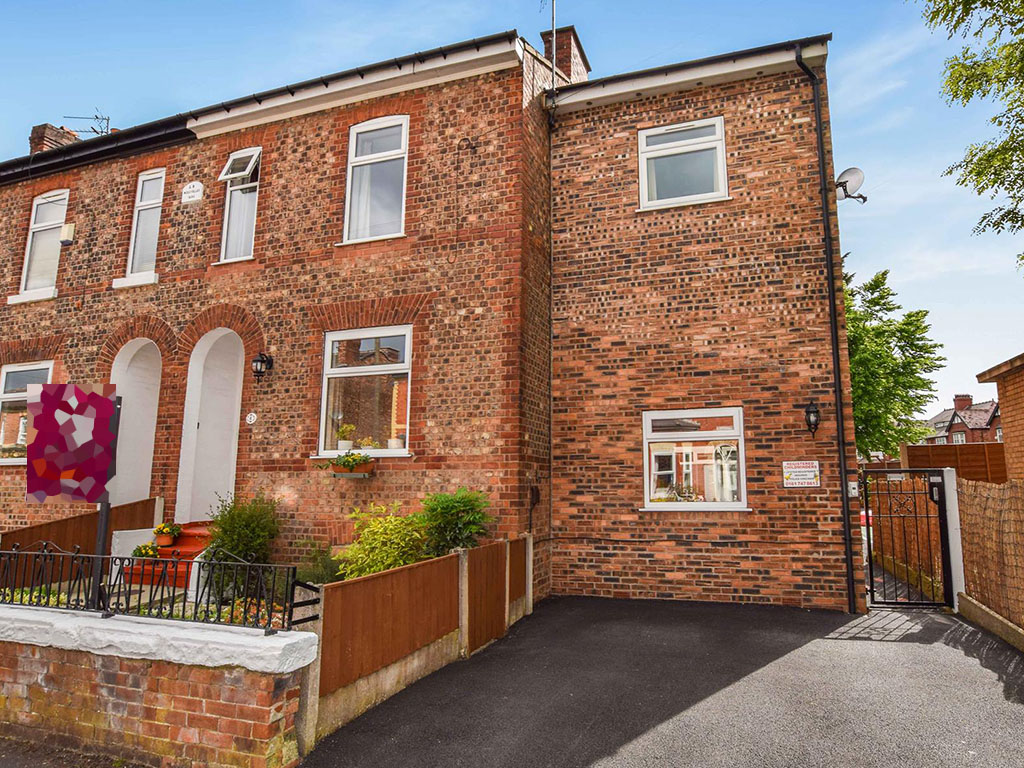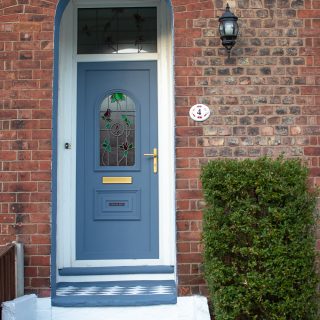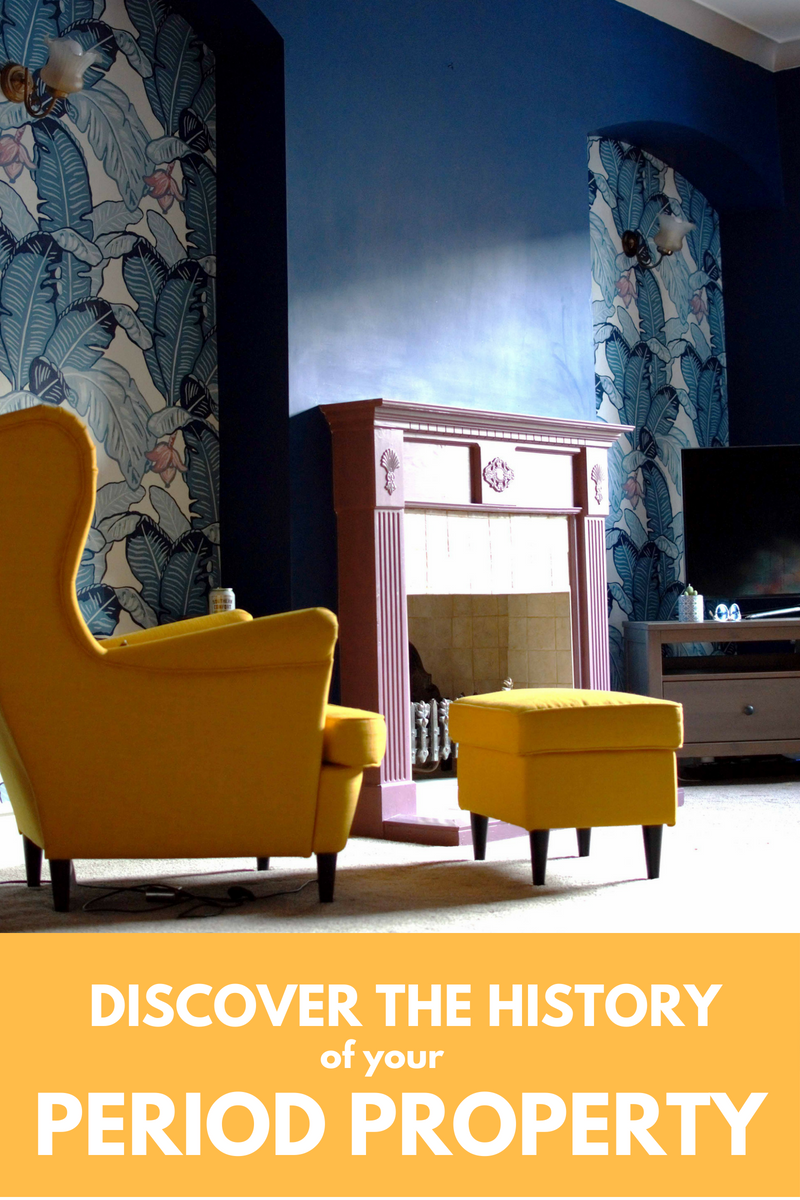
I don’t know how it happened to be honest. One minute, I’d been admiring the front exterior of my Victorian semi-detached, wondering what stories might lie behind the dated stones embedded within the walls, and the next thing I knew I was knee deep in family tree records from the 1800s.
It all happened so fast.
We knew when we were on the market for a new house, that we would want something with character; a little piece of history that we could add our own chapter to, and wow is that what we found! In our previous house, it was as simple as finding newspaper cuttings under the floorboards to uncover the history. This latest property, prior to our buying it, was heavily extended and restructured (you can see more in our video house tour here) so I don’t think we’ll be finding any clues so easily this time around! With that in mind, I decided to hit the record books. Want to hear what I found? History nerds, let’s investigate…
My House

This is a story about a man named Tom, the first man (that I can find record of) to have lived in this house in the 1880s. Tom was a crafty fella, working as a Ballroom Decorator and Bazaar – and whilst I’m not entirely sure what that entails, doesn’t it sound utterly fabulous? He lived with his wife, Ada, along with another family, with a man named William as the head of the household; he worked as a carpenter alongside Tom.
It’s funny, although our house is large, I can’t picture two entire families living here. The engraving on our house does read as “Villa” and it turns out, it’s in reference to the type of Victorian home it is and the status it was given at the time. You see, our street wasn’t blessed with a name of its own for quite some time, with our little row of houses known as the Villas of the neighbouring area. No wonder they felt it was better suited to two families.
I found a lot of information about Tom, to my surprise. He travelled plenty, something I think was done more out of survival than leisure, but he was successful in his field. The thing that strikes a chord with me the most is that he lost his son, named after himself – Tom Junior. My heart aches to know that he would have lived here on receipt of that pain, even if he did go on to have a number of other healthy children who married well, and it’s of no surprise to me that he soon left Manchester, settling happily in Bristol to escape what must have been difficult memories.
But before he re-located entirely (and this blew my mind), he moved to a house only around the corner and not for very long at all. And which house was it? The one that me and my family were days away from moving into which you can read about here.
I can’t fathom what the odds are that mine and Tom’s family shared a common interest in two exact houses, but over 100 years apart in history.
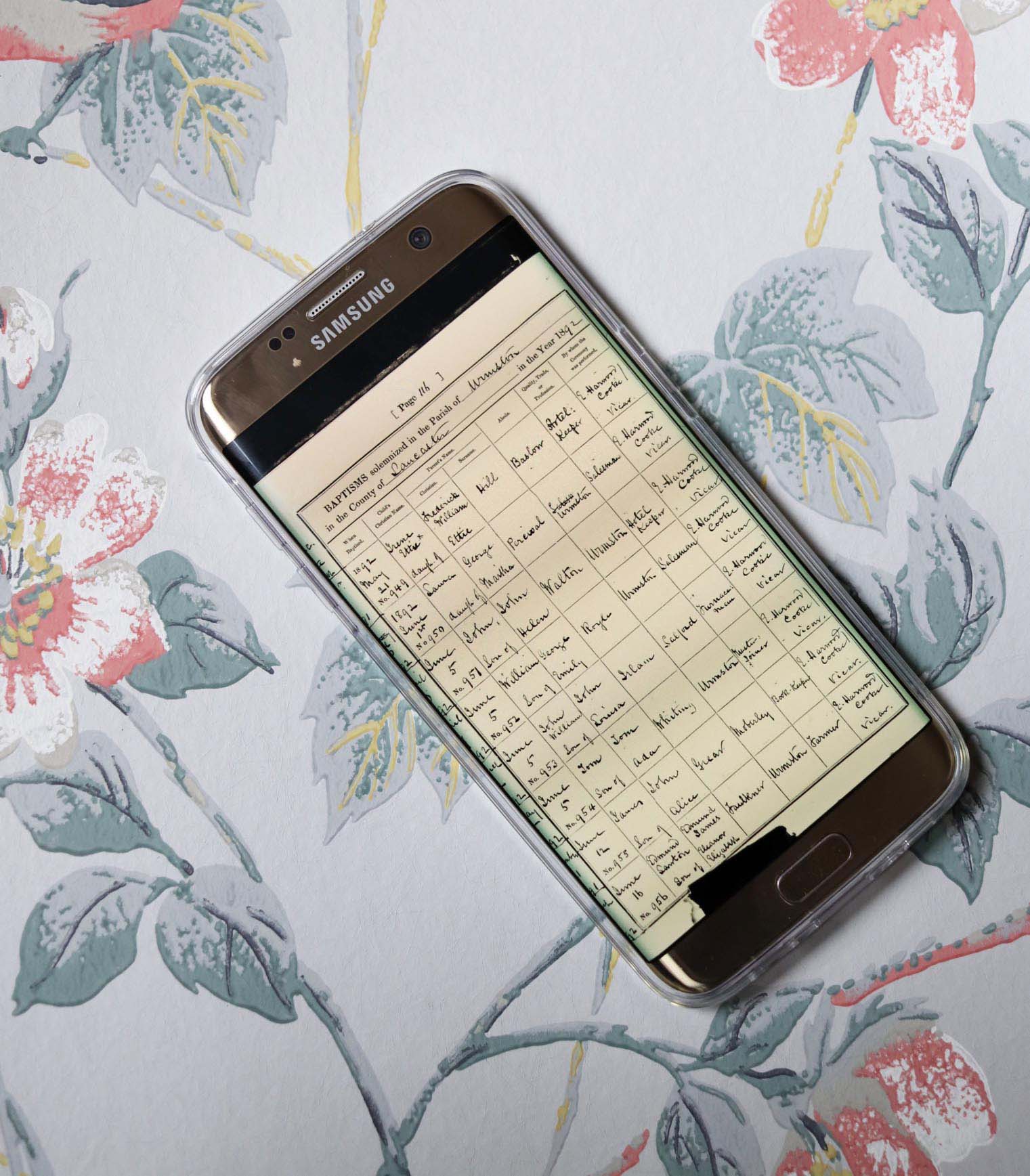
This is a short tale about a man named William, and a different Will from the story above.
William’s family name was of great importance to my area in the 1800s. Along with a few high-up members of society, they owned and distributed land, and founded many businesses. This particular William inherited numerous plots and as such went into the family business of real estate. There were post offices, newsagents and grocers named after him (due to his ownership of them), and now that I’ve become so aware of his name and started to really look, I’ve recently noticed there is an entire block of flats near us, to this day with his name adorned across the walls.
Well, of all the many residential homes he owned, sold, and ran as landlord, the place he chose to house his beloved wife and 3 daughters, was mine. This is where he called home.
The girls (May, Ethel and Pattie – LOVE the names) actually helped run the family corner shop, which still stand outside our road to this day. William passed away in the late 1930’s, but left a fantastic legacy as one of the founding developers of my little town. I imagine he will still have relatives who own local land, and I hope we can create our own piece of history for our community that will be cherished just as much… no pressure.
Other great discoveries from my research
- My road name was something completely different in the Victorian era and was given its current name in 1926! If you’re looking for old records, remember they may not be the same.
- According to the ‘Yellow Pages’ of the time, almost every person on my street worked as an artist, within a creative field, or within textiles. Considering this was at a point where Manchester was leading the industrial revolution in cotton, I wonder if many people of this street helped forge that legacy.
- There was a ‘mansion’ on the land which is now our back garden. It was demolished to make way for the widening of the road in the 60s to account for more cars.
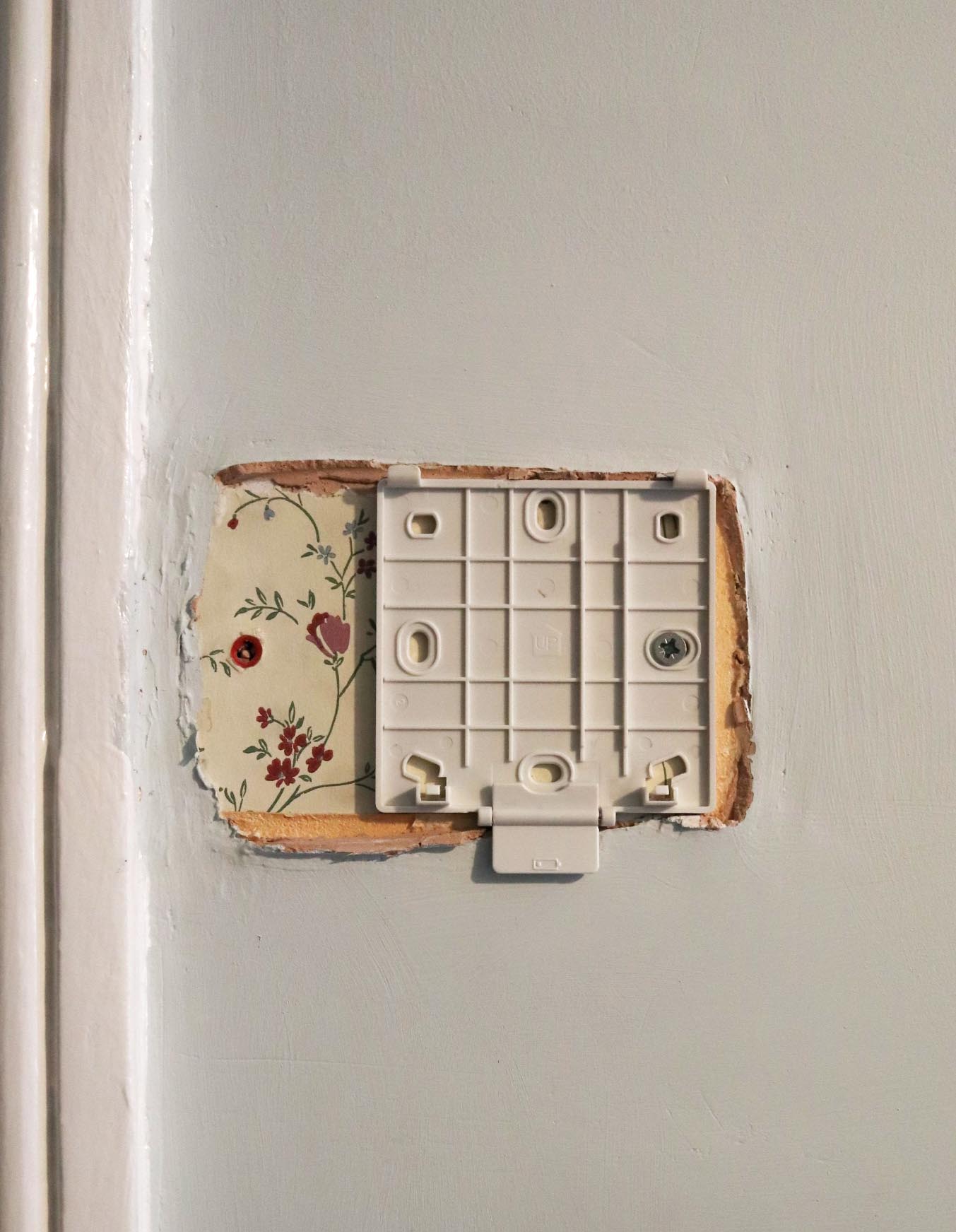
How to find out the history of your home
- Start with your local council. The website should have a local history and/or archives section. It will either direct you to a local library or town hall where documents are located, but if you’re lucky, there should be digital records available online covering local parishes, registered births in the area, or even newspaper cuttings.
- FindMyPast provides access to family tree and census records for a small cost. However, you can preview many documents for free, and the good thing about this site is you can search by Address first rather than name.
- Ancestry is a great place to learn about the people who lived in your house, but you need a name to begin with (so search by address on FindMyPast first). I think it’s quite a costly service but they do offer a free trial so you can do some digging for free.




